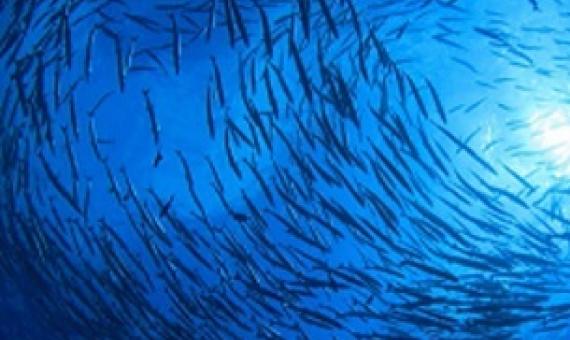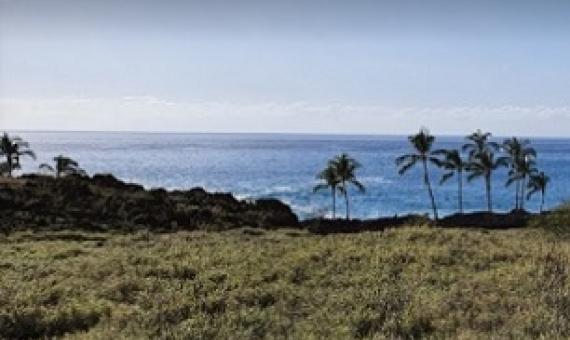Climate Change, Coral Reef Ecosystems, and Management Options for Marine Protected Areas
Marine protected areas (MBA) provide place-based management of marine ecosystem through various degrees and types of protective actions. Habitats such as coral reefs are especially susceptible to degradation resulting from climate change, as evidenced by mass bleaching events over the past two decades.








